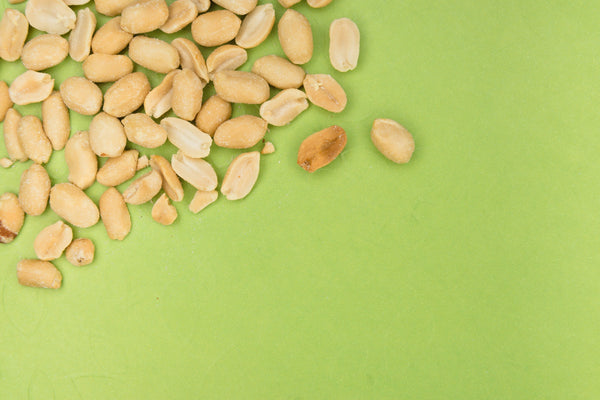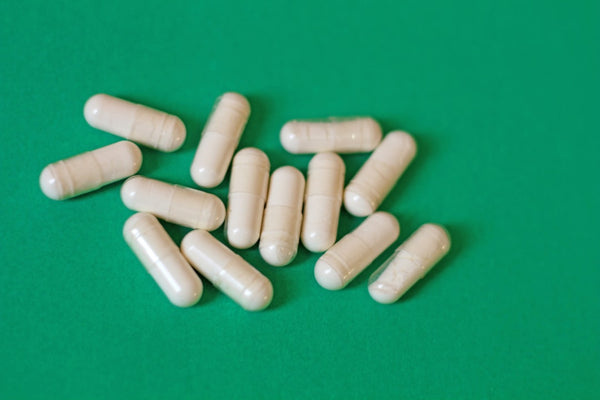2025 Dietary Guidelines for Toddlers: What Parents Need to Know
share this article

Feeding toddlers can feel like a full-time job. Between picky preferences and rapid developmental changes, it’s tough to know if your little one is getting the nutrition they need.
That’s why the updated 2025 Dietary Guidelines for Americans offer much-needed clarity for parents.
These new recommendations reflect the latest science on early-life nutrition and emphasize the importance of setting a strong foundation during the toddler years, when eating habits and gut health are still developing.
Here’s what parents need to know.
Why the Toddler Years Matter
The toddler stage (ages 1 to 3) is one of the most critical windows for long-term health. During this time, kids are:
-
Transitioning from milk/formula to solid food
-
Developing food preferences and routines
-
Rapidly growing and building their immune and digestive systems
What they eat—and how often—can influence everything from growth to gut health to future eating patterns. That’s why the new 2025 guidelines include a dedicated section just for toddlers.
Key Takeaways from the 2025 Guidelines
1. Prioritize nutrient-dense foods.
The guidelines recommend that toddlers get the majority of their calories from whole, minimally processed foods like:
-
Fruits and vegetables
-
Whole grains
-
Dairy or fortified alternatives
-
Protein sources (meat, beans, eggs, tofu, fish)
These foods provide the iron, calcium, zinc, and B vitamins needed for growth, along with fiber to support digestion.
2. Introduce variety early.
Repeated exposure to new textures, flavors, and colors increases the likelihood that toddlers will accept a wider range of foods. The guidelines emphasize offering variety—even if your kiddo refuses a food the first several times.
3. Limit added sugar and sodium.
For toddlers under 2, the recommendation is clear: avoid added sugars entirely. High sodium foods, like processed snacks and sauces, should also be limited. These can contribute to unhealthy preferences that persist into later childhood.
4. Support healthy gut development.
Though not the central focus, the guidelines recognize the importance of gut health and fiber intake. This is where prebiotics like those found in Growing Up Prebiotics can be especially helpful, especially for toddlers who aren’t eating enough fruits, vegetables, or legumes.
What About Supplements?
For most toddlers eating a varied diet, multivitamins are not necessary. However, the guidelines note that iron and vitamin D are nutrients of concern in this age group. Breastfed toddlers or picky eaters may benefit from supplementation, but parents should consult a pediatrician before starting anything new.
Fiber: Still a Missing Piece
One area the guidelines continue to highlight is fiber intake. Most toddlers fall far short of the daily recommended amount (about 19 grams per day). A lack of fiber can lead to constipation, which is one of the most common issues pediatricians see in the toddler years.
Adding prebiotic fiber in the form of whole foods or safe supplements like Growing Up Prebiotics can help support stool regularity and overall gut health.
Summary
The 2025 Dietary Guidelines for toddlers emphasize what parents have long suspected: simple, consistent meals made from whole foods are key. While feeding toddlers isn’t always easy, prioritizing variety, fiber, and nutrient-dense ingredients now sets the stage for healthier habits later.
















